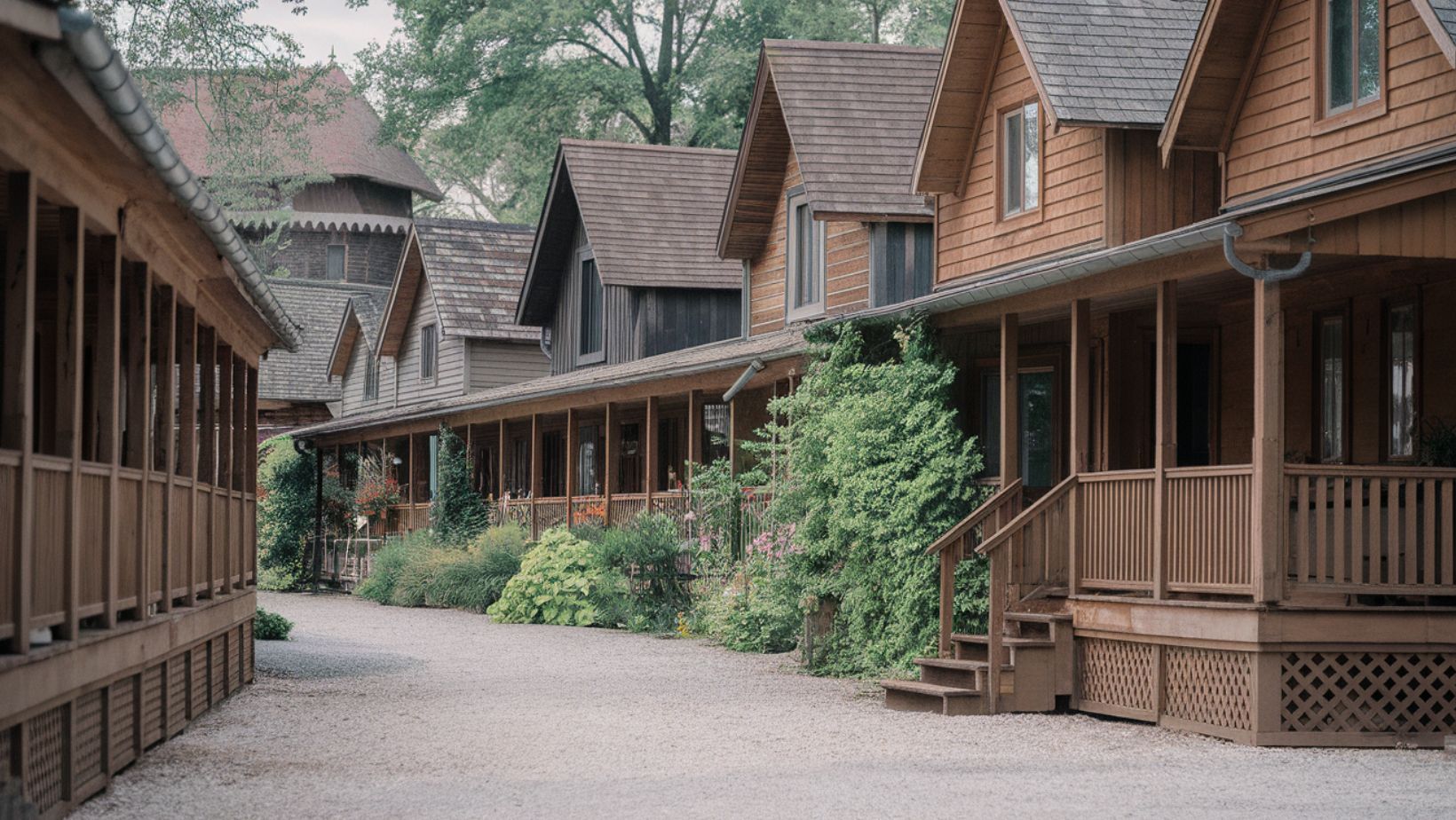What if you could step back in time to experience authentic German village life without leaving the United States? Deep in the heart of Iowa lies a cluster of seven historic villages that have preserved their European heritage for over 150 years. Have you ever wondered how a 19th-century religious community transformed into one of America’s most unique tourist destinations? Welcome to the Amana Colonies, where Old World craftsmanship meets Midwestern hospitality in an unforgettable cultural experience.
The Seven Villages That Changed the American Heartland Forever
Established in 1855 by German Pietists seeking religious freedom, the Amana Colonies represent one of America’s longest-lived and most successful communal societies. The seven villages – Amana, East Amana, Middle Amana, High Amana, West Amana, South Amana, and Homestead – collectively span 26,000 acres of Iowa’s countryside. According to local historians, more than 1,200 residents maintain the community’s unique heritage through preserved architecture, traditional crafts, and time-honored customs.
Traditional Craftsmanship Lives On Through Modern Artisans
The colonies’ reputation for exceptional craftsmanship dates back to their founding principles of self-sufficiency. Today, the Amana Furniture Shop continues to produce heirloom-quality pieces using techniques passed down through generations. The Amana Woolen Mill, established in 1857, remains one of the oldest working woolen mills in Iowa, producing blankets and textiles using vintage machinery alongside modern methods.
Family Style Dining Keeps Community Spirit Alive at Ox Yoke Inn
The renowned Ox Yoke Inn, operating since 1940, maintains the colonies’ tradition of family-style dining. Visitors share platters of German-inspired dishes like Sauerbraten, Wiener Schnitzel, and homemade bread. The restaurant serves over 150,000 guests annually, preserving recipes that originated in the colonies’ communal kitchens.
Oktoberfest Celebrations Bring Authentic German Heritage to Life
Each October, the colonies transform into a vibrant celebration of German culture, attracting more than 40,000 visitors to their annual Oktoberfest. The festival features traditional music, dance performances, craft demonstrations, and local wine and beer tastings. Local experts estimate that this single event generates approximately $2.5 million in tourism revenue for the region.
Modern Commerce Meets Historical Preservation in Main Amana
Main Amana serves as the colonies’ primary commercial hub, housing over 40 locally-owned shops and businesses. The Amana Heritage Museum reports that 75% of these establishments operate in buildings dating back to the 1800s. Visitors can explore specialty shops offering everything from handmade quilts and pottery to locally-produced wines and traditional German foods.
Agricultural Traditions Continue to Shape Colony Life
The Amana Colonies maintain their agricultural heritage through community gardens, orchards, and vineyards. The Amana Wine Company, established in 1857, produces over 40,000 gallons of wine annually using locally-grown grapes. Community-supported agriculture programs allow visitors to experience the colonies’ farm-to-table traditions firsthand.
Preserving Religious Heritage Through Architecture and Education
The colonies feature more than 500 historic buildings, including communal kitchens, church buildings, and workshops. According to the National Historic Landmark district documentation, 85% of the original colony structures remain intact, making it one of the most well-preserved religious communities in America. Guided tours offered by the Amana Heritage Society provide visitors with insights into the religious principles that shaped the colonies’ development.
